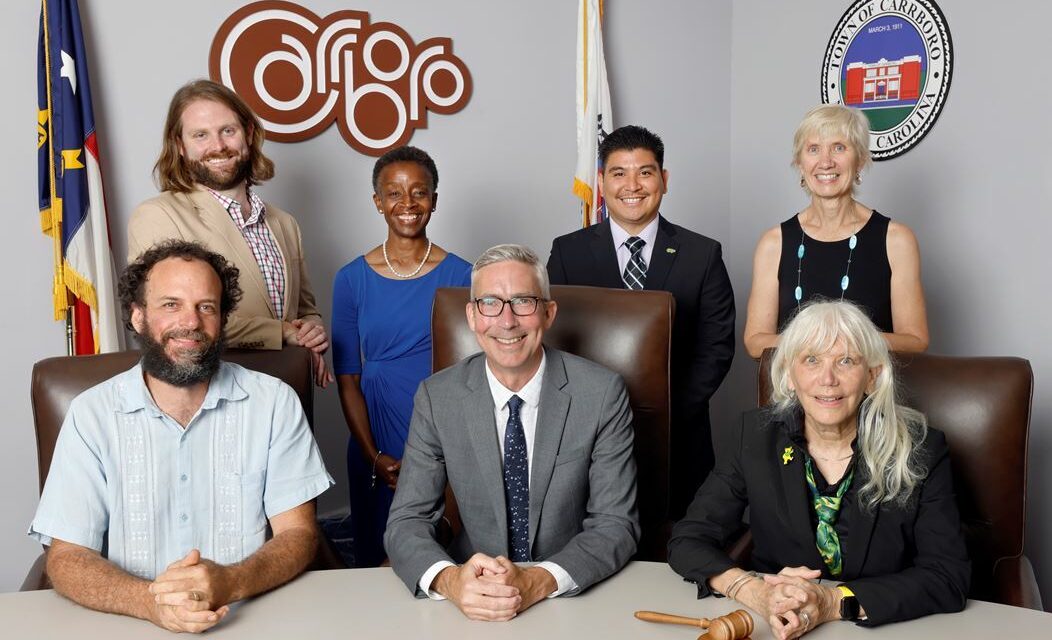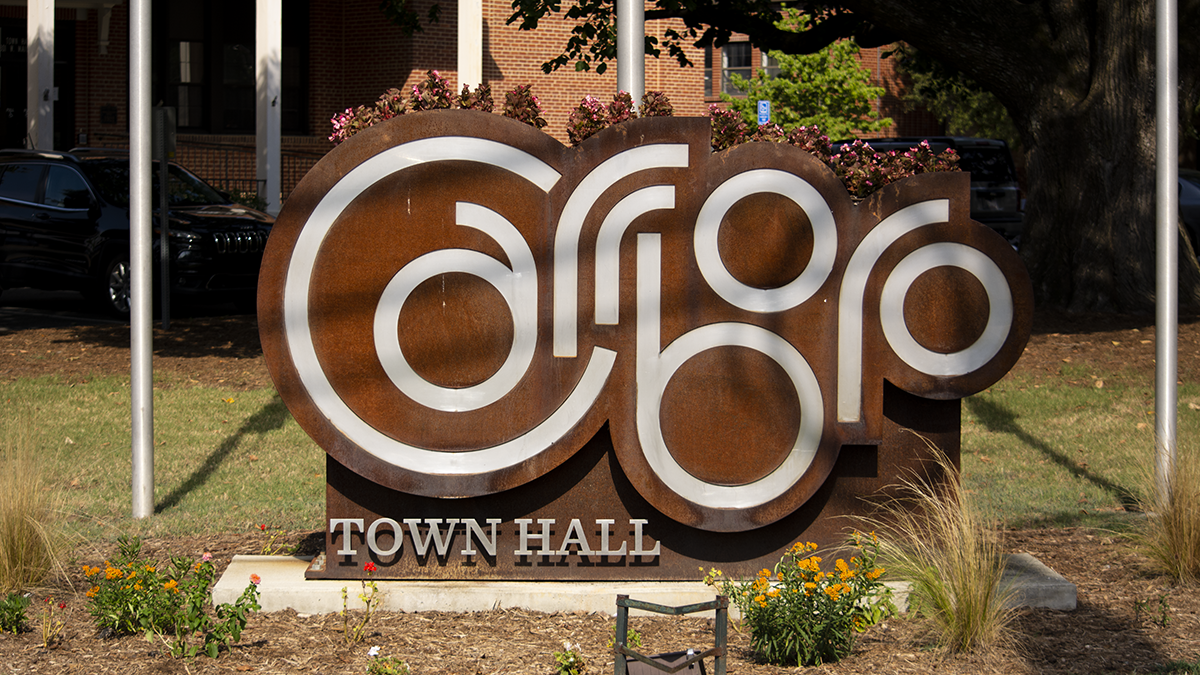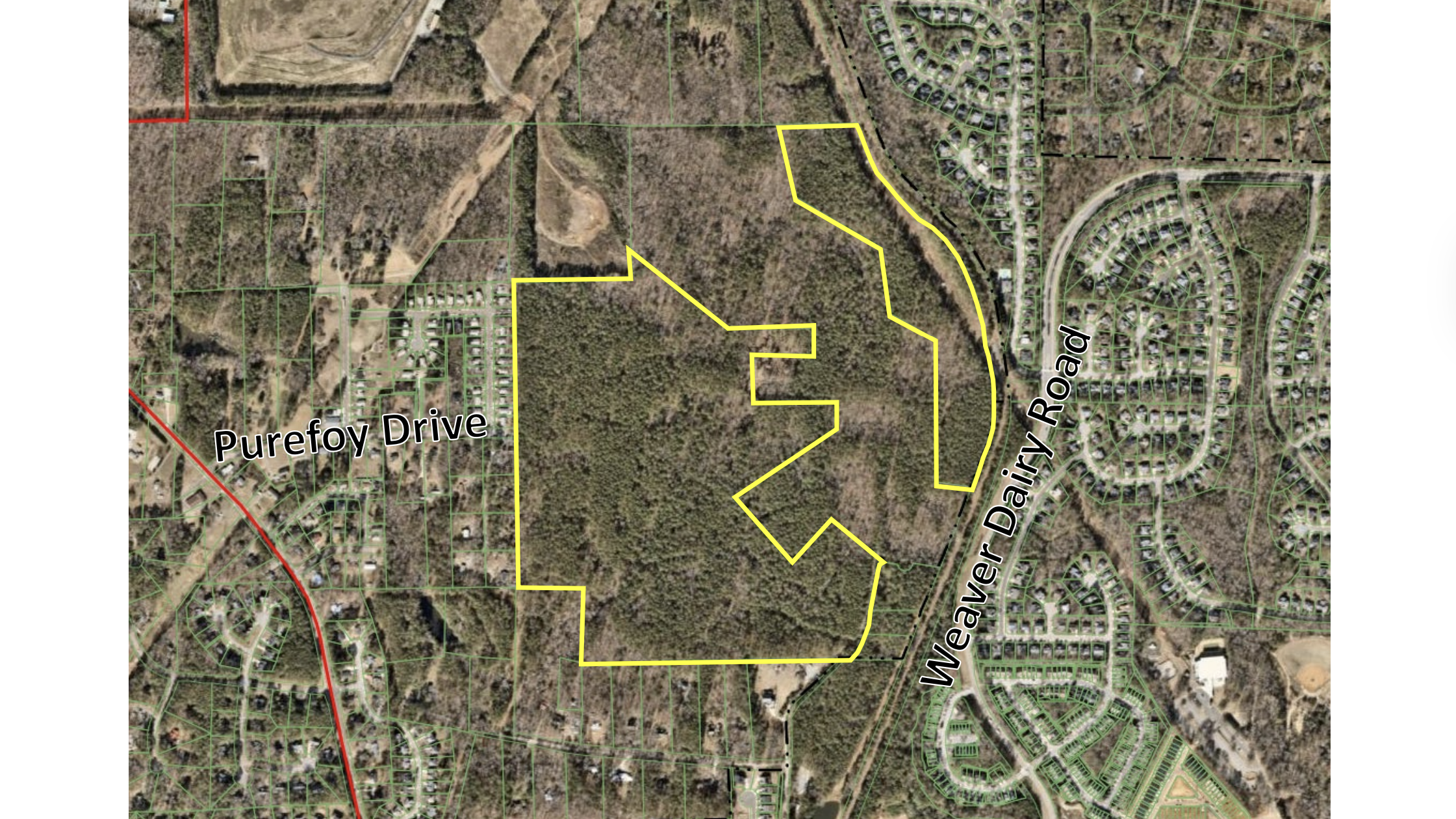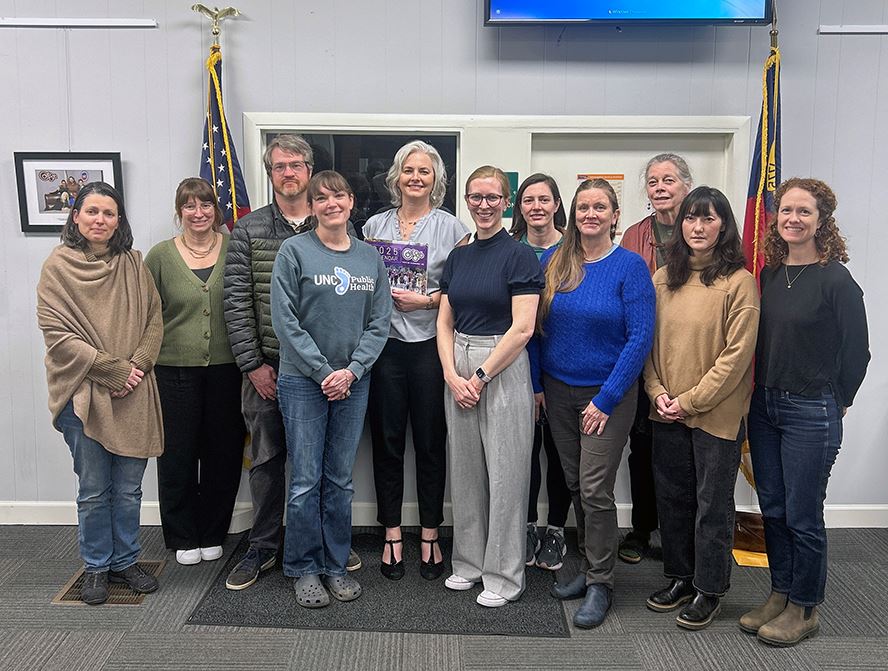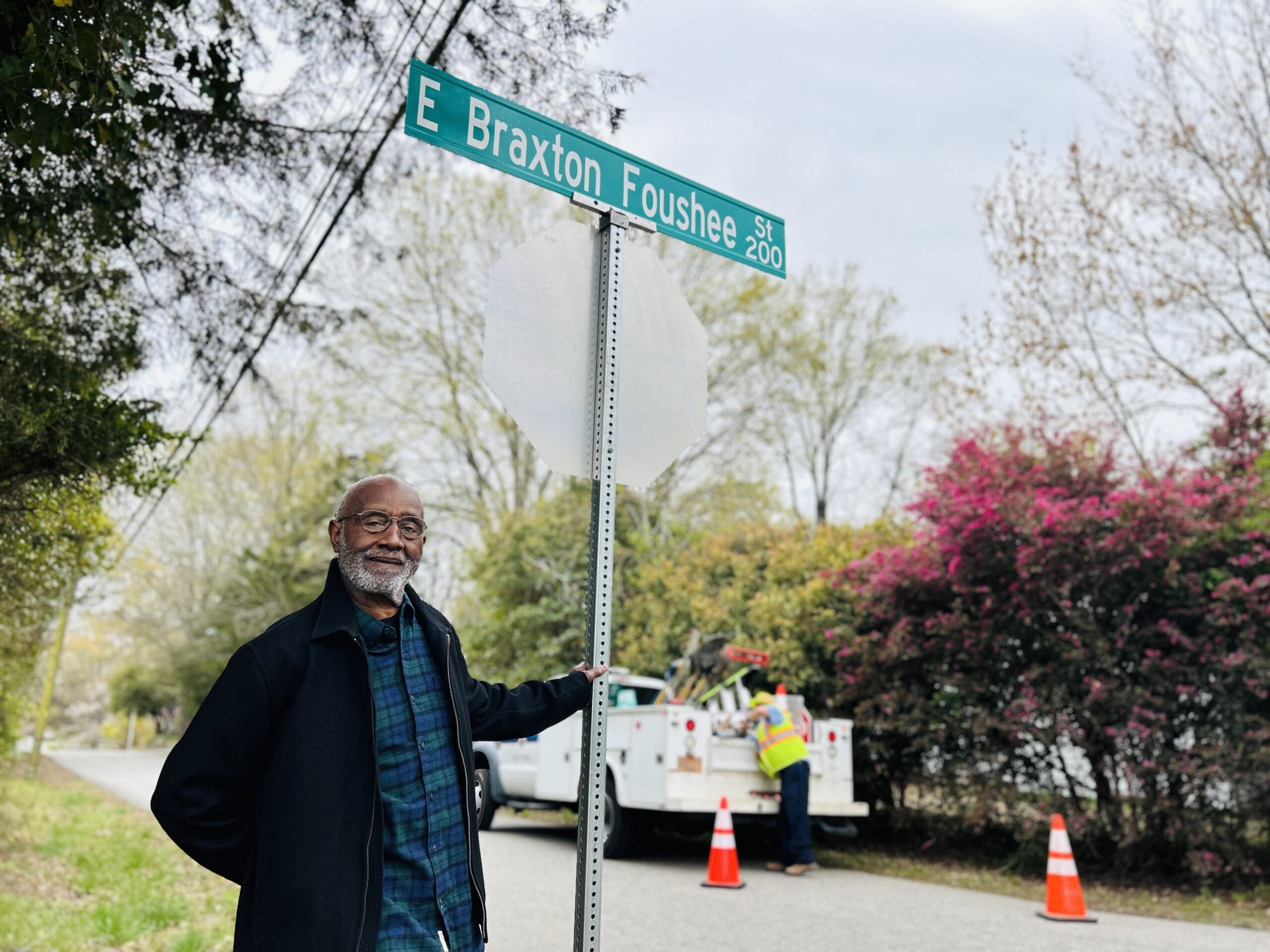The local governments in Orange County have each made individual efforts to address climate change and racial inequities, embarking on several measures to do so. But, as Carrboro discussed in its town council meeting on February 28, it can be challenging for towns or counties to best measure their impact on those issues.
During its quarterly updates on the town’s climate action projects, the Carrboro Town Council heard details of several ongoing initiatives to reduce emission levels. The local government is seeking to do it in two ways: revising its town operations and providing resources for community members to decrease their own emissions.
But what is the best way to track the results of those efforts accurately and quickly? That’s what Council Member Danny Nowell asked staff to continue assessing. He acknowledged that a “live dashboard” would mean more work for the town employees – potentially each day or week if it was regularly updated. But he cited older greenhouse gas emissions charts that he said lacked the clarity he believes is necessary for the public to understand Carrboro’s progress.
“Really, I think,” said the council member, “[this] just a lack of priorities and strategies of putting resources to this [visualization]”
“What is a minimum viable product that staff can regularly update toward this emissions bottom line,” Nowell asked, “and what will realistically both reflect the municipal efforts and the community emissions reduction?”
Town Manager Richard White said a critical component to addressing this is finding a platform to host such information – and determining what data is best to present in a dashboard form.
Meanwhile, Council Member Randee Haven-O’Donnell said they believe the town’s climate action efforts still lack specific elements of climate justice. Haven-O’Donnell said they believe there’s a disconnect between the council’s goals of helping residents simply looking to change their lifestyle and those concerned about generational health or financial impacts of climate change.
“I want to recommend we have a work session,” said the council member “and we talk about this. Because if climate is going to be the second of two pillars and race equity is going to be the prime pillar, then we need to have a substantive conversation about that [overlap].”
The council later unanimously agreed to hold a work session in the fall to better discuss both tracking Carrboro’s climate action progress and climate justice considerations.
Later in the meeting, however, they received updates on methods to measure another difficult topic to visualize: racial equity in decision-making.
Carrboro’s Chief Race and Equity Officer Anita Jones-McNair described three different tools the town government is using to better focus its leaders on racial equity and the ramifications of policies.
One is the Racial Equity Assessment Lens, or “REAL” tool for town leadership.
“[It evaluates] our new initiatives and our old initiatives,” Jones-McNair described. “And when I talk about initiatives, I’m talking about policies, practices, procedures, services, and projects and strategies within the Carrboro Connects plan.”
Another tool is a training session, which guides staff to center race and equity as factors in their decision-making. The third is pocket questions that serve as a quicker, informal assessment of items that will be shared on agendas of meetings. All three are in action, with the REAL lens being started last April.
White added that Carrboro is working on an Equity Action Plan, which will have performance measures for how the town is spending on racial equity initiatives.
Council Member Barbara Foushee said from her perspective, the impact and difference these tools make is clear.
“This work is very valuable to me and people that look like me, being from a population that has been historically marginalized and under-served,” said Foushee. “I look at this as like an equalizer…potentially. It is a little bit more work. But also, realizing you can never untie history and what has happened to Black and brown folks, every little bit that we can do – that we’re willing to do – matters.”
Photo via the Town of Carrboro.
Chapelboro.com does not charge subscription fees, and you can directly support our efforts in local journalism here. Want more of what you see on Chapelboro? Let us bring free local news and community information to you by signing up for our biweekly newsletter.

